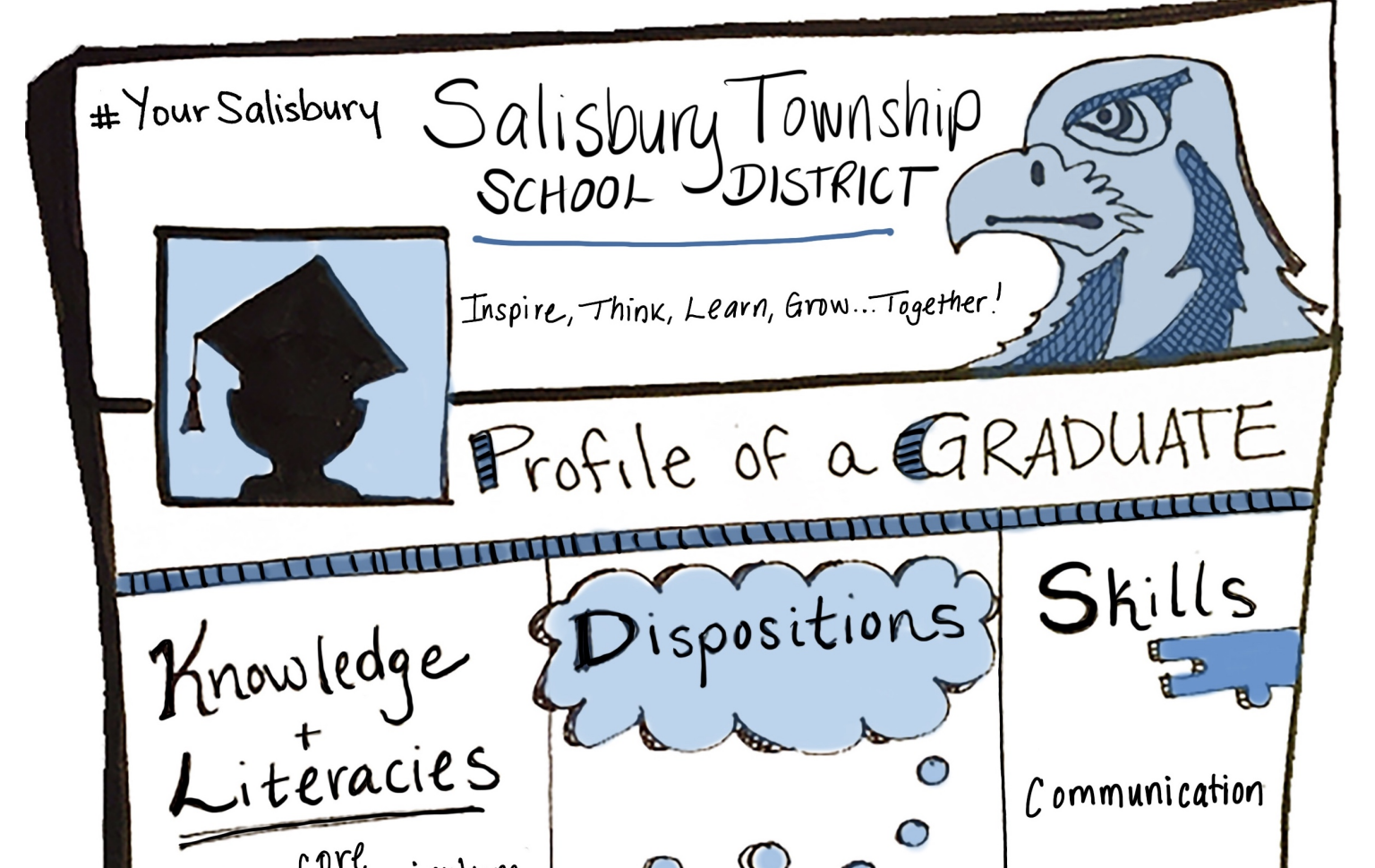Real World Example: Salisbury Township School District
This post is part of a series. Earlier posts are linked at the bottom.
Let’s connect the Curator compass point and its mindshifts to a real learning community.
Meet the Salisbury Township School District, a place where I spent 15 years of my career…..
Early in my time there, I worked with the community to implement a 1:1 computing initiatives…
….where all staff and every learner was provided with a laptop computer...in service of some important outcomes...
... things like ….
...developing 21st century skills.
...personalization.
...project-based learning.
...differentiation
This was quite an investment of time, resources and dollars by the community in our learners and staff.
At the time…which was around 2010, 1:1 computing programs were pretty much uncharted territory...not many schools had yet taken that leap …
...so it became a priority for us to curate evidence that helped us understand what we could do to best support our teachers, students and families in this digital transformation…
We made a promise to our community, and we needed to curate the conversations, narrative stories, and artifacts…along with quantitative evidence…to inform our work and our outcomes.
Over a period of 4 years, we used our insider perspective to curate valuable evidence…through tools like…
Surveys
Classroom walkthroughs
Individual and group conversations with learners, teachers, parents and leaders
Our curation of evidence helped us share a new story about how an investment in technology was changing teaching and learning practices for the better.
But that story had a second chapter…an iteration…
While we noticed some progress toward our earlier goals …we knew there was more….
So we put our Objector and Inventor hats back on…got curious and asked some more questions…..
What knowledge, skills and dispositions will our graduates need to thrive?
What learning environments could we invent now to support future graduates?
This is when we began the journey to build our learning compass…our Profile of a Graduate.
This story shows how curation isn’t a single event…it’s a continuous dance between being an objector and being an inventor….a dance that can move us closer to the vision...the vision of The Human School.
Ever since creating the Profile, the culture of the Salisbury Township School District….it’s been about being objectors, inventors and curators…. curators of a variety of evidence...both numbers and stories…evidence that can only be elevated by the people inside doing the work….elevated by that insider perspective.
So how can you get started being an inventor?
In our work, we adopted a simple 6-point workflow…
First, we identified goals and outcomes….we knew what success looked, sounded and felt like.
Then, we identified our audience…who needed to hear the stories we were preparing to tell? For us it was our community…and ourselves….
Then, we decided what evidence we were going to curate… quantitative evidence through surveys and stories through conversations, observations and walkthroughs.
Then, we had to make sense of what we collected, working with different stakeholders to craft the story.
Then, we had to decide how we would share the evidence. A report at a meeting, a post on a blog, a video on the internal network.
And finally, we had to articulate what we learned and what we would do next. In this case, focus more on defining new outcomes to better serve our graduates…the Profile of a Graduate
You see, curation doesn’t need to be stuffy and boring! It doesn’t have to be written up in a research paper that nobody reads.
It can be as simple as a group of educators listening and speaking, collecting evidence and telling stories about how the work is moving forward.
Try on curation this way… in our current post-pandemic context….when we were forced to change the ways teaching and learning were experienced…
What did we do differently?
What was the impact?
What can we do differently?
And you can start answering these questions by…
Leveraging your insider perspective….
and...
Valuing stories as much as numbers.
In your learning environment, how are you humanizing the data collection process?
Previous posts:

